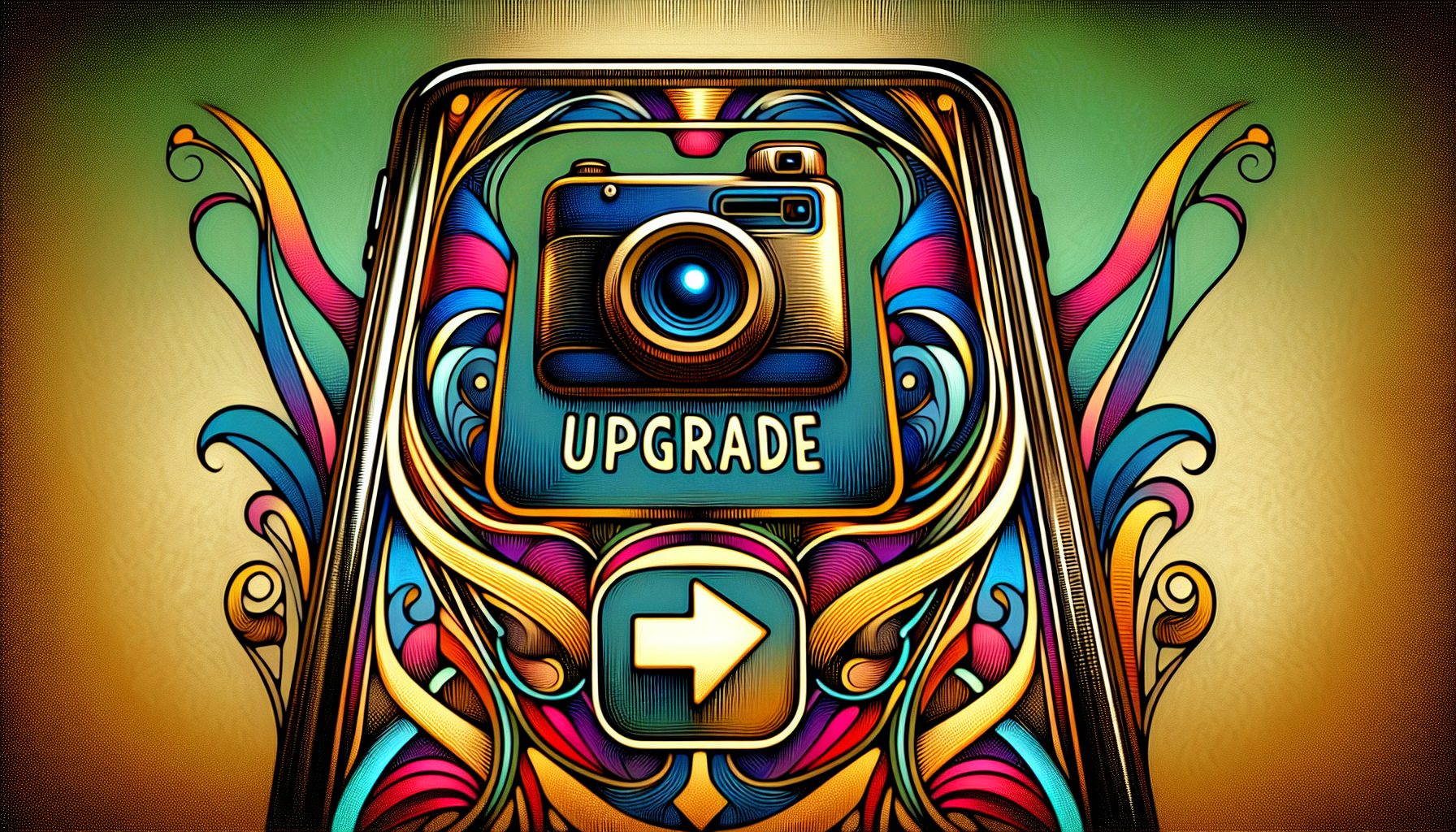The Internet of things has clearly arrived. I am currently viewing 19 clients registered on my home’s wireless network. These clients range from computers, printers and mobile tools to media players and other connected devices, including an Internet-enabled thermostat, a WiFi scale and a garage door that my iPhone can manage.
It’s great to control my entertainment center with a Logitech Harmony remote app on my phone. It’s also wonderful to manage my Ecobee home thermostat while I’m away—and put it in vacation mode if I’ve forgotten to adjust it prior to leaving. Receiving an alert when someone inadvertently leaves the garage door open is definitely a step forward.
Nevertheless, I’m convinced that the killer app revolves around fitness and health. We now have the ability to monitor our bodies in ways that would have been unimaginable only a few years ago. As health concerns and waistlines grow, connected technology provides a tangible and effective way to navigate diet, nutrition, exercise and more.
Consider this: An Internet-connected treadmill at my fitness center sends my workout data to a Website. The site connects to an app, MyFitnessPal, which stores the data and makes it viewable on both the Web and my iPhone.
I’ve also connected other apps and devices to MyFitnessPal. This includes RunKeeper, which logs my outside walks and runs, and a Fitbit Aria scale, which records weight and body fat. I input nutritional data by scanning labels and searching a built-in food database residing in MyFitnessPal. A Fitbit Force wristband monitors daily activity level.
The payoff isn’t in any one tool or component. It’s in the sum of these devices, and in the ability to connect accounts and merge data. What results is an extremely accurate and up-to-the-minute snapshot of exercise and activity patterns, calorie and nutritional intake, and how different factors affect overall fitness and health. This approach makes weight loss far more realistic and tangible. It’s also possible to add a heart rate monitor, blood pressure monitor and sleep monitor for further insights.
Tom Archer, PwC US Technology Industry Leader, points out that the average person spends 60 minutes or less with his or her primary care physician each year, which certainly isn’t a model for effective health care. “Connected health devices allow people to monitor their personal health and well-being in a comprehensive way 24 by 7 by 365,” he says.
As health concerns grow and a more data-centric approach to health care emerges (as well as pricing models based on a person’s lifestyle), connected devices and data may ultimately serve as the best Rx of all.









